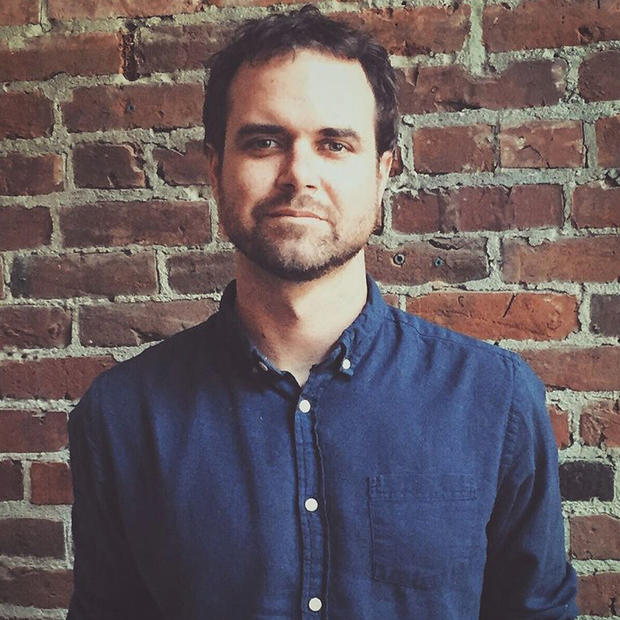Were teenagers by-and-large rational, computer science would be an easy sell.
In what other industry is a 50-person company selling for $19 billion? What other industry gives millions in financing to early twenty-somethings with almost no job experience, armed only with programming know-how and an idea that’s “like Uber, but for (fill in the blank)”?
But teens aren’t always paragons of logic and getting them interested in computer science can be a challenge. In the Puget Sound, too few jobs in the thriving tech sector go to graduates of local schools. A new Washington initiative treats this problem for what it partially is — a branding issue.
The Youth Apps Challenge, a statewide competition, aims to remind students that the word “computer” doesn’t mean what it used to.
“Some students think they won’t be using computers in their future careers, but they’re very interested in tablets and smartphones,” said Earl Bergquist, a computer science teacher at Seattle’s Garfield High School. “It’s interesting. By changing that lens, you see student engagement really climb.”
The challenge rallies teams of students, who work together to submit either a detailed pitch for an app idea or a functional tablet/smartphone app. Garfield High School is one of over 20 state schools participating officially, though any team of Washington students is welcome to join during the official entry period, between May 1st and 16th.
Each entry will be reviewed by tech industry experts, and winners will be selected in both technical and general categories in two different regions – Eastern and Western Washington. Prizes include tablets and VIP-like visits to local tech companies, as well an awards ceremony for all finalists.
Garfield already has roughly 20 students participating, but Bergquist said the school got a bit of a head start. The state nonprofit organizing the contest – The Technology Alliance, a booster of STEM education – reached out to Garfield last summer, to test out an apps-oriented curriculum already in use in the UK.
That curriculum, called Apps for Good, puts a youth-friendly spin on the basics of inventing, building, and launching a smartphone or tablet app.
Bergquist spent last summer learning the curriculum and how to use tools like App Inventor, while two teams of students built Powerpoint presentations around their own app ideas. One, a social app, conducts school-specific polls and elections and the other is a tracker of personal charitable donations for easy reference come tax season. Both teams then delivered in-person pitches to representatives from Amazon, who gave them constructive feedback.
“Apps have this stronger appeal, particularly to students who wouldn’t usually think of programming,” Bergquist said. “There are creative and entrepreneurial aspects to it. That can bring in students who don’t have a technical inkling yet.”
He’s also heartened to see female students taking to the competition, many of whom serve as leaders on the school’s app development teams. This includes one of his favorites: a Yelp-like review service for climbable trees nearby.
The strategy of using apps as a hook for traditional coding skills has really gained steam recently among Bergquist’s fellow computer science teachers. More classrooms are gaining the tools, he said, and more contests like the Youth Apps Challenge are popping up, igniting students’ competitive streaks.
The Technology Alliance, which trained Bergquist over the summer, has plans to expand the number of schools using its curriculum. They’ll be working mainly in partnership with Washington MESA, a program advancing STEM education among students underrepresented in the field. To Bergquist, this approach is right on. The unengaged in computer science are the best target.
As an example, he cites a girl on the school’s Robotics Team, which pits student-built automatons against each other. Faced with the challenge of creating partnerships with other robots in order to win, she tallied data on her fellow competitors to devise strategic alliances.
“I told her she should create an app to keep track of that data easier, [and] enter it in this competition,” Bergquist said. “Other robotics teams would probably be interested. She didn’t think she could do it until I told her she’d have help on the programming side. It was like this ‘ah-ha’ moment. She’s taken the lead on that project.”
She also now plans to attend Girls Who Code this year — a summer camp for young women interested in programming.
“She’s going into computer science camp with a robot app she made,” said Bergquist. “That’s pretty cool.”


